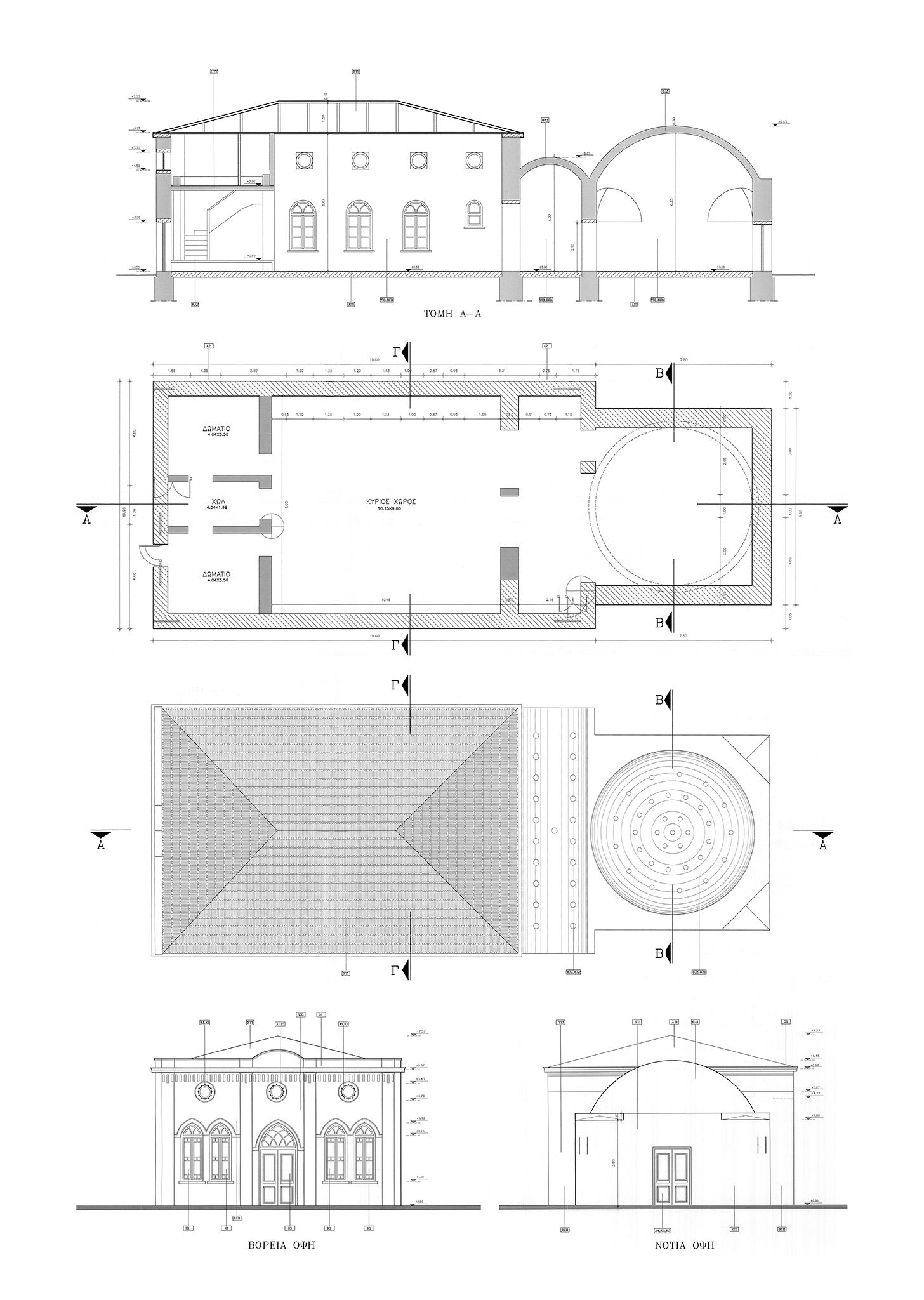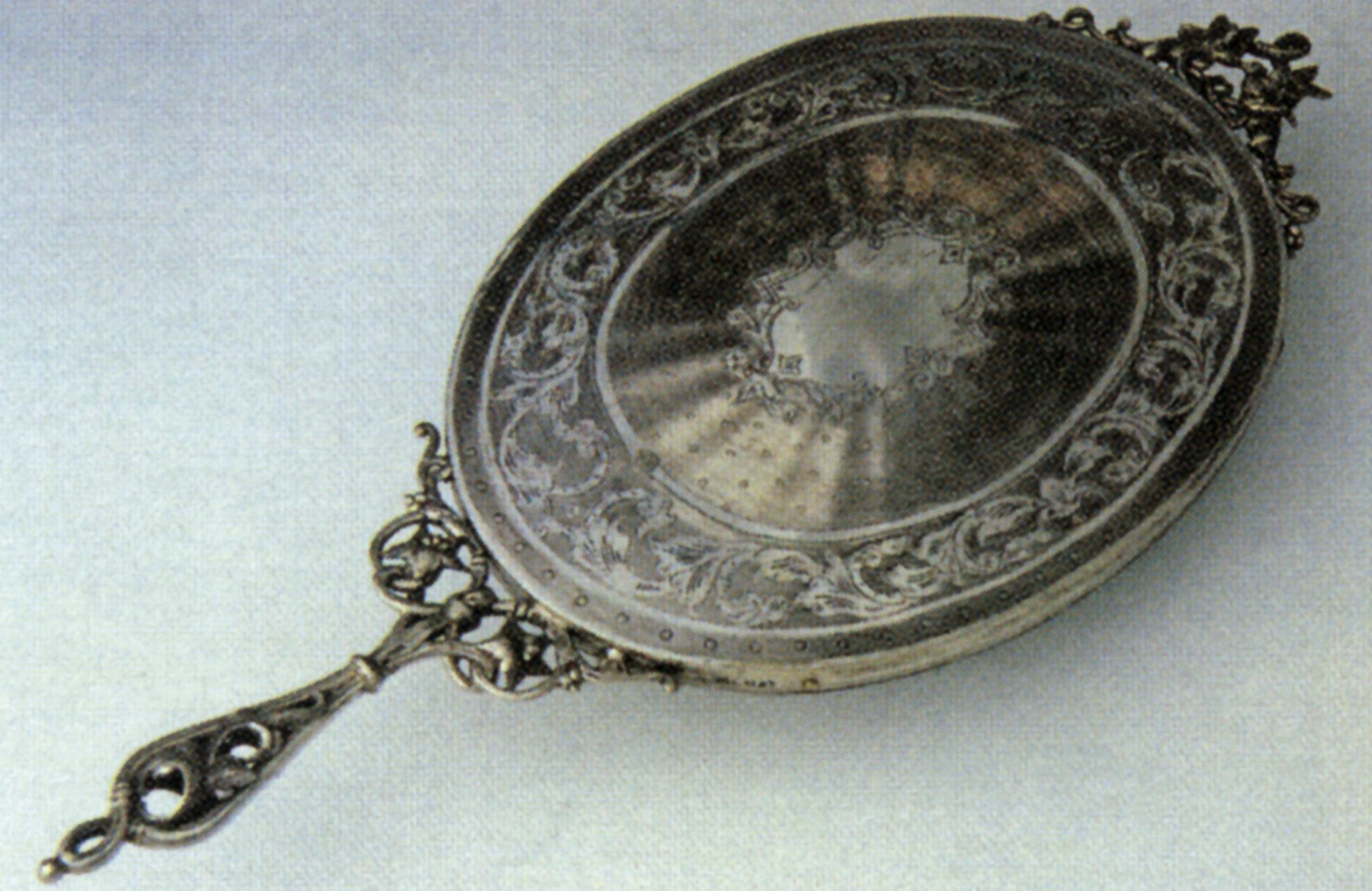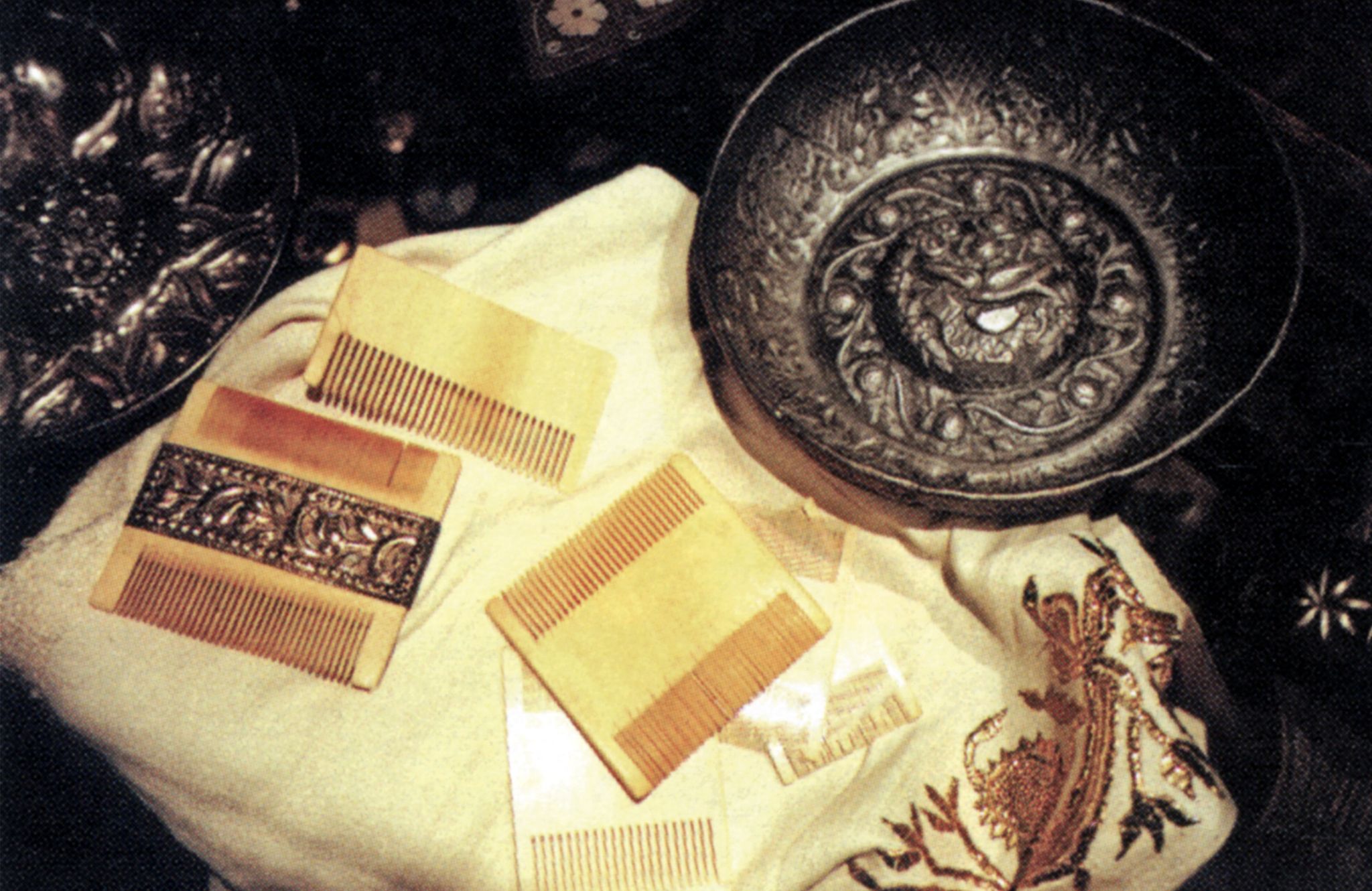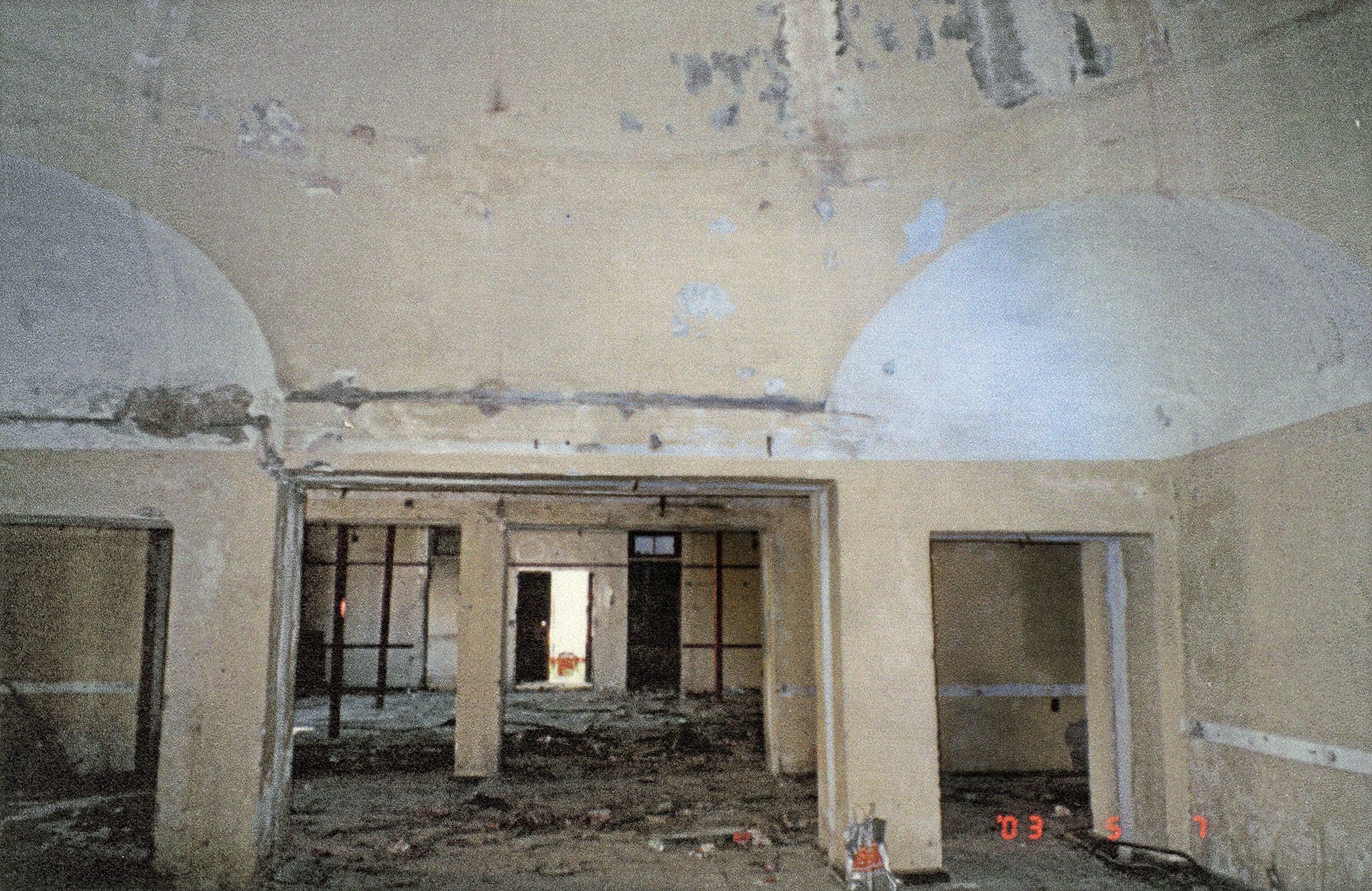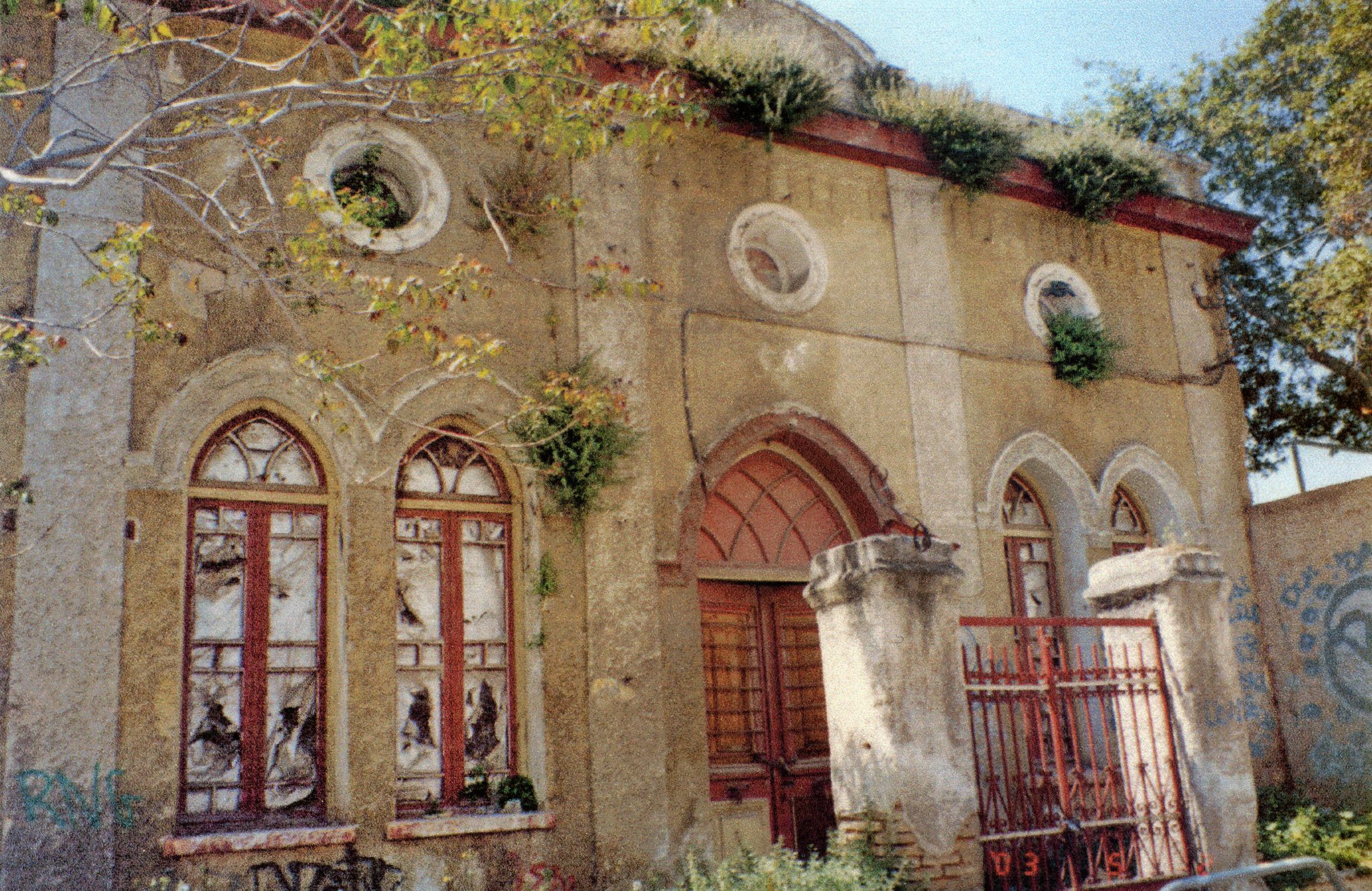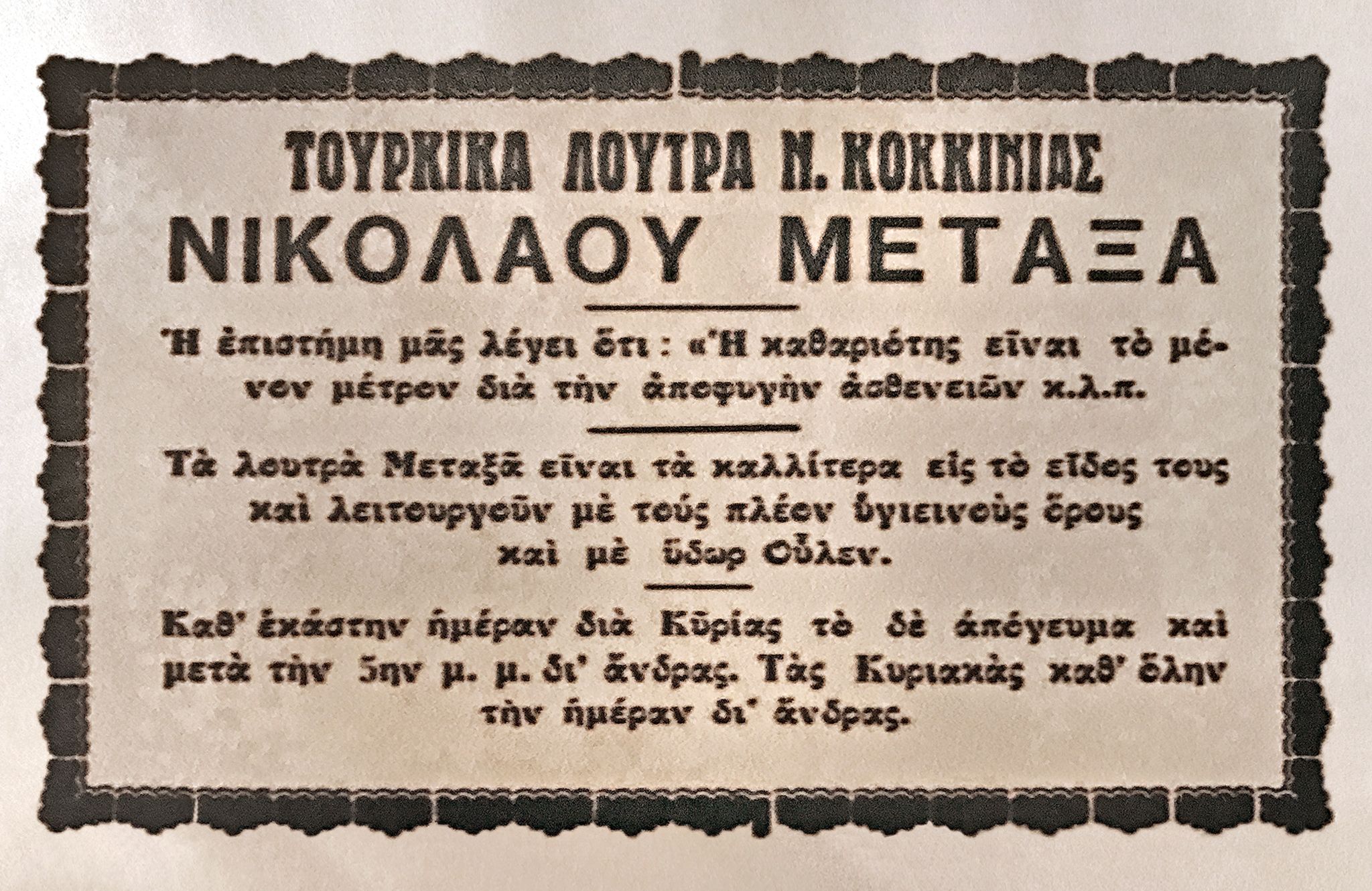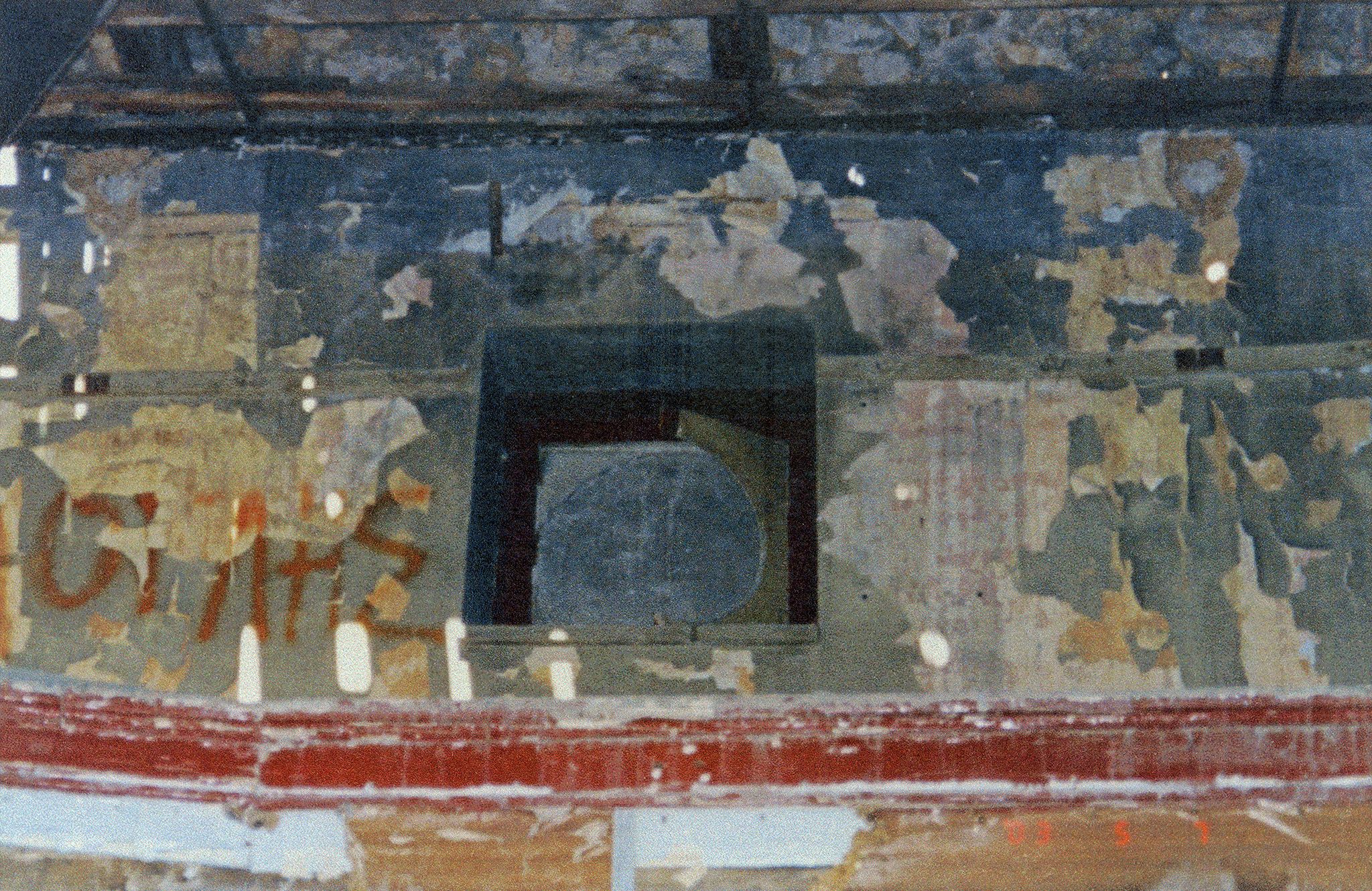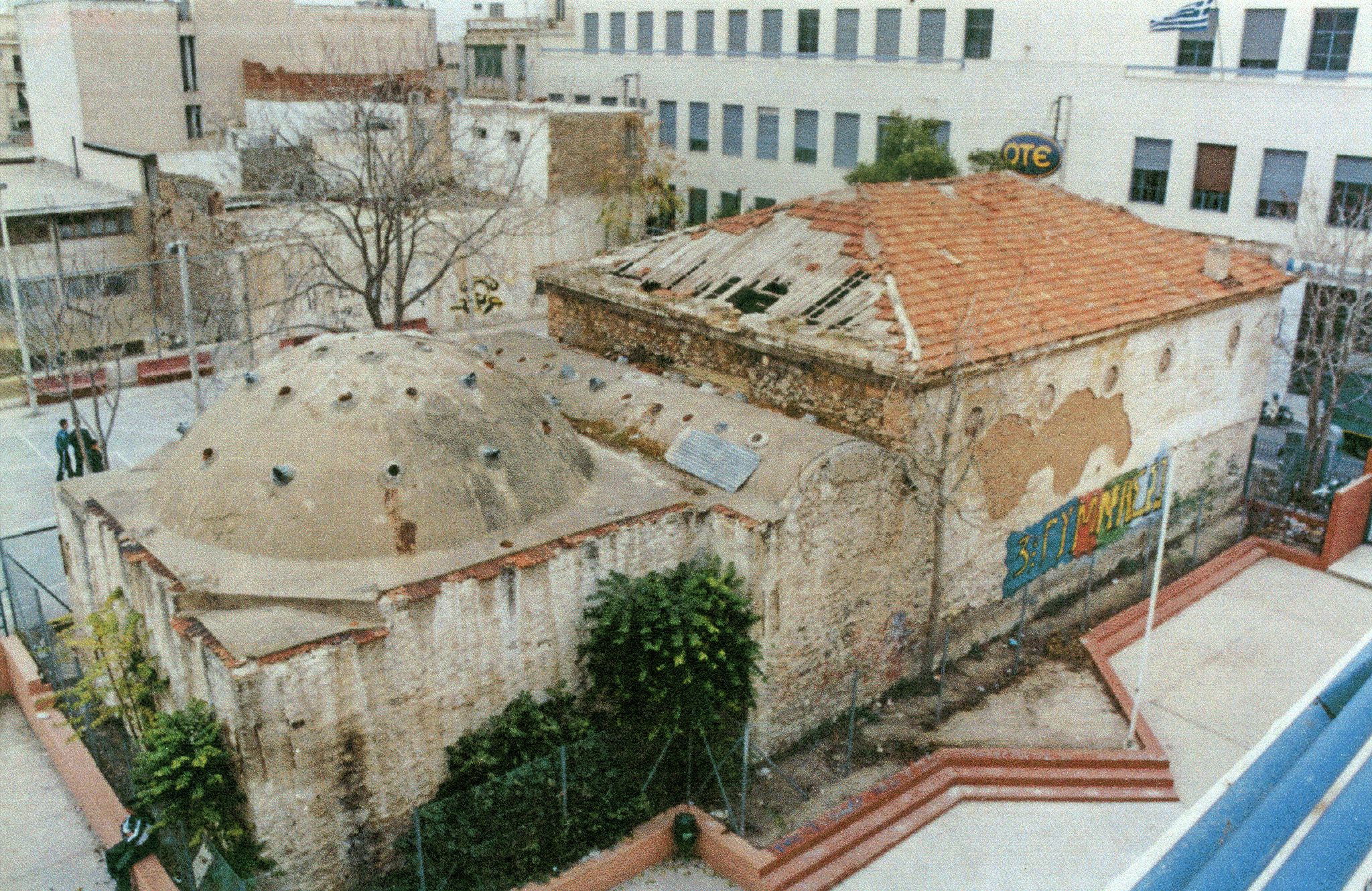The ‘Asia Minor’ Hammam
It was built by businessmen in an area where the lack of water supply infrastructure as well as the dire financial circumstances of its residents did not allow for indoor bathrooms. Besides, the newly-arrived residents were accustomed to communal baths, known as hammams, which were a fixture of all cities in the Ottoman Empire.
The hammam was situated outside the limits of the original settlement, on the southeast border of Nea Kokkinia. The land it was built on was part of the administrative area of the Municipality of Athens and belonged to Georgios Tsochas, president of Panathinaikos FC, Mayor of Athens and later member of parliament with the People’s Party. It was constructed by the Armenian architect Artin Palatzian and was operated by Nikolaos Metaxas.
From 8 in the morning until 5 in the afternoon the bath was open to women, while from 5 until 9 or 10 in the evening it was available for men, conforming with the schedules of the local factories which were mainly sites of male labour. ‘On Saturdays there was a real riot until the last woman reluctantly left the baths so that the men could enter’, says Panagiotis (Giotis) Metaxas, son of Nikolaos, who took over the operation of the hammam from his father. Children up to the age of five entered the baths with their mothers, boys over the age of five with their fathers. On Sundays, the hammam was open ‘all day for men’.
The baths of Nikaia shut down in 1973. The building was rented out as a workshop for painting furniture and later as a tavern. It was abandoned for years before it was transferred to the ownership of the School Building Organisation. Since 2007, it has been operating as a multi-use hall for the 3rd Secondary School of Nikaia. A year earlier, it had been designated a historic building worthy of preservation by the Ministry of Culture. Today, the Hammam is a stark reminder of the time when it was built, the traditions the refugee populations brought with them, but also their inability to have a warm bath in their own homes. On the other hand, the new residents of the city, even though much fewer than the refugees who populated the original settlement, do not have similar access to cultural and religious facilities of their own.
Written by Giorgos Veranis
Objects

